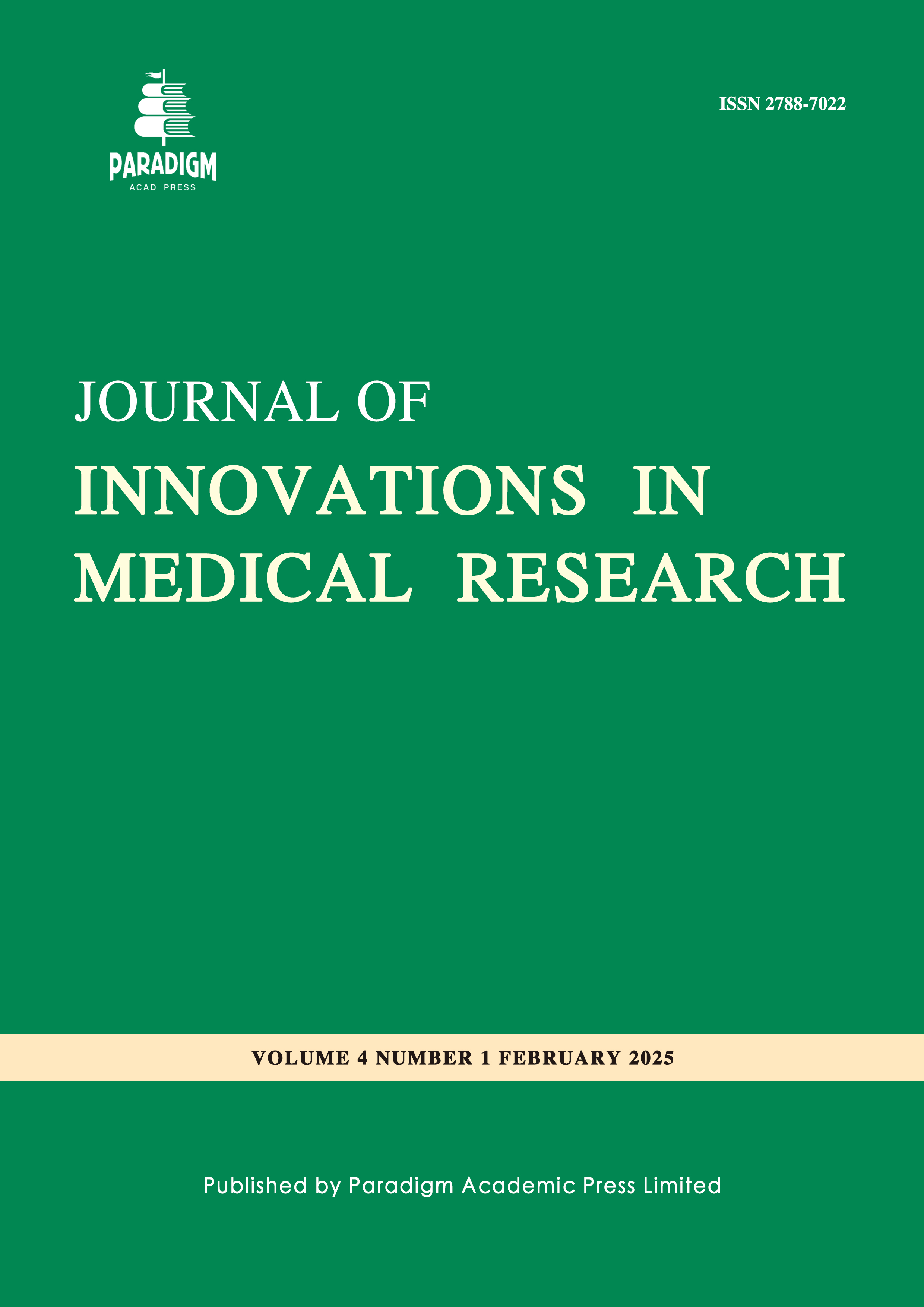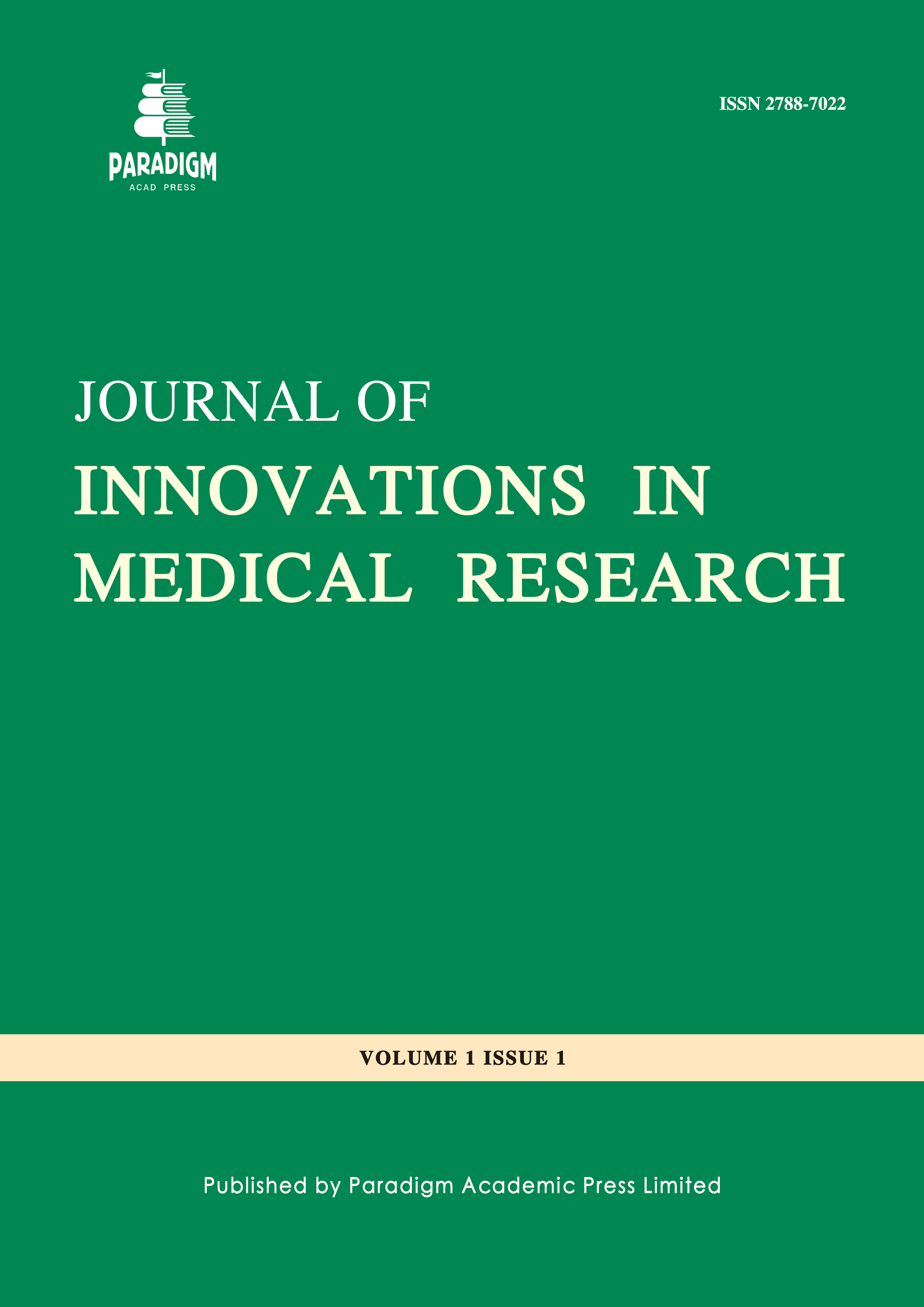Comparison of Machine Learning Models for Predicting Type 2 Diabetes Risk Using the Pima Indians Diabetes Dataset
Keywords:
type 2 diabetes, machine learning, predictive modeling, Pima Indians Diabetes Dataset, Logistic Regression, Random Forest, Support Vector Machine, XGBoost, risk prediction, feature importance, AUC-ROC, sensitivity, specificity, clinical decision-making, early detection, health care systemsAbstract
Type 2 diabetes is a major global health challenge, and its prevalence has been on an increasing note over the years, thus presenting huge healthcare burdens. Early and precise risk prediction is vital for effective prevention and timely intervention. This study performs an evaluation of the predictive performance of four machine learning models, namely Logistic Regression, Random Forest, Support Vector Machine (SVM), and XGBoost, utilizing the Pima Indians Diabetes Dataset. Among these, the XGBoost algorithm outperformed others with the best accuracy of 85%, sensitivity of 79%, and AUC-ROC of 91%, reflecting that it is both robust and reliable to handle the complexity in the data. By analyzing feature importance, the three most relevant features were glucose levels, BMI, and age-all well-established from clinical knowledge. These results will underline the role of machine learning models, in particular the XGBoost model, to improve current T2D risk prediction and support data-driven clinical decisions. Further research will extend this work to validate these results using larger, more diverse data sets and consider how such models might be deployed within clinical workflows in ways that ensure maximum impact.



